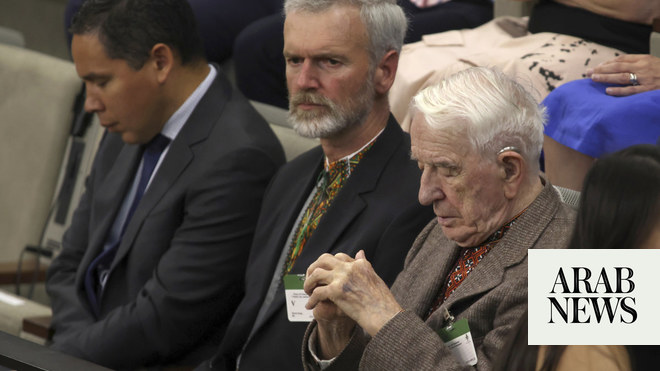
A portrait of a German-Jewish doctor who became active in a circle of intellectuals secretly resisting the Nazis has been accepted for the nation in lieu of tax.
It was announced on Wednesday that Lovis Corinth’s 1899 portrait of Ferdinand Mainzer will be shared in the collections of the National Gallery in London and the Barber Institute of Fine Arts in Birmingham.
The painting has been offered as part of the Acceptance in Lieu (AiL) scheme, created in David Lloyd George’s 1910 “people’s budget”, which let cultural objects be left to the nation as a way of offsetting or settling inheritance tax bills.
This is the first time an object has been allocated to two collections, and the work will be displayed in rotation between London and Birmingham.
The painting of Mainzer – with his perfectly manicured moustache, raised eyebrows, and sceptical stare through pince-nez – shines light on a man with a fascinating story.
Mainzer was a gynaecologist and an active figure in the avant garde circles of Berlin in the early 20th century. Unable to perform surgery after injuring his hand, Mainzer turned to writing history.
He had international success with a biography of Julius Caesar, which was translated into English and French and was said to have inspired the American playwright and novelist Thornton Wilder’s 1948 book, The Ides of March.
In the 1930s Mainzer became active in the Solf Circle, a group of intellectuals who at great personal risk would gather to discuss how best to resist the Nazis. It was founded by Johanna Solf, the widow of a German ambassador, and her daughter Lagi, who helped Mainzer and his family escape to England.
Most of the circle were executed in 1944 after a betrayal by a Gestapo infiltrator. Mainzer and his wife moved to Los Angeles, becoming part of a burgeoning German-speaking expatriate community that included the writer Thomas Mann and the director Max Reinhardt.
He died in 1943 and his portrait was inherited by his granddaughter, Gisela Stone. It hung in her London home until her death in 2016.
Corinth is far from being a household name but he is a significant artist. Until now he has been unrepresented in the National Gallery, and the gallery said the acquisition would help show the influence on modern art of the Secession movements in Berlin and Vienna.
It goes on display first in Birmingham. Nicola Kalinsky, the director of the Barber, praised the AiL panel for a “thoughtful and creative decision which will allow this dynamic and arresting portrait to be seen in both London and Birmingham”.
She added: “At the Barber, it will introduce our visitors to Corinth’s distinctive qualities as a painter as well as offering a poignant lens through which to view a troubled period of European history.”
The acceptance of the painting settled £87,600 of tax.












